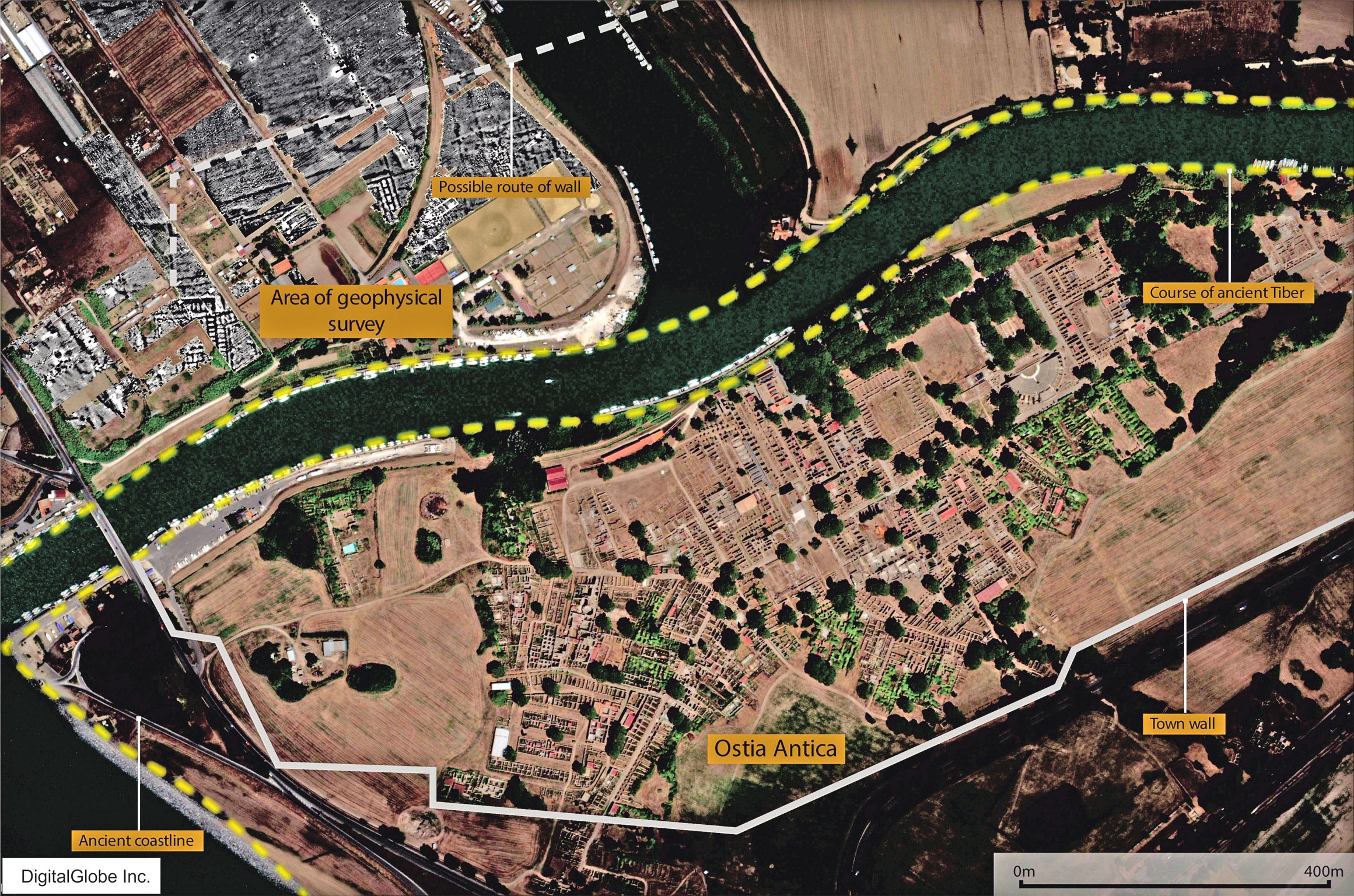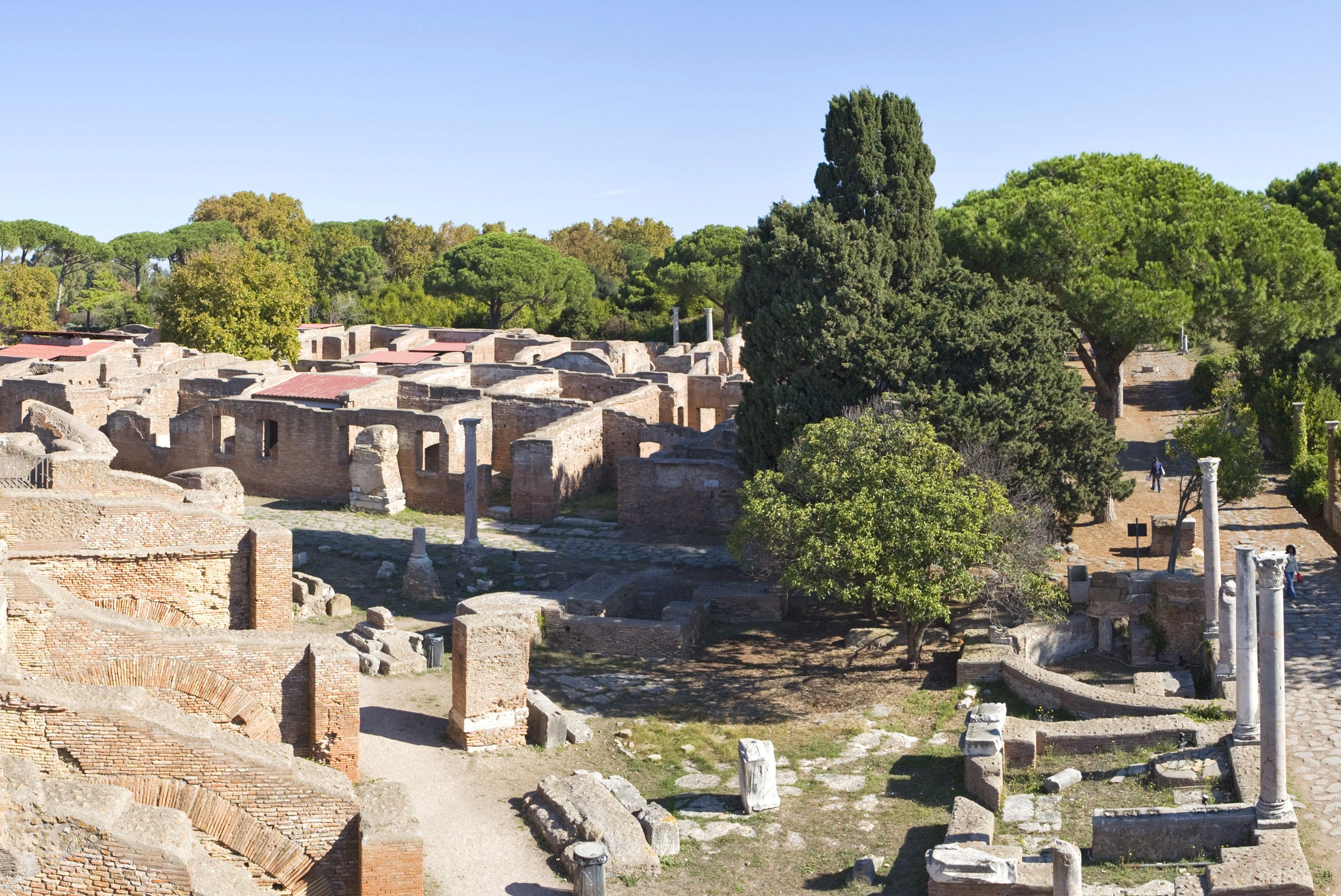Size matters: 'Crucial' ancient Roman city Ostia was 40% bigger than previously thought, after British team uncovers new ruins

Your support helps us to tell the story
From reproductive rights to climate change to Big Tech, The Independent is on the ground when the story is developing. Whether it's investigating the financials of Elon Musk's pro-Trump PAC or producing our latest documentary, 'The A Word', which shines a light on the American women fighting for reproductive rights, we know how important it is to parse out the facts from the messaging.
At such a critical moment in US history, we need reporters on the ground. Your donation allows us to keep sending journalists to speak to both sides of the story.
The Independent is trusted by Americans across the entire political spectrum. And unlike many other quality news outlets, we choose not to lock Americans out of our reporting and analysis with paywalls. We believe quality journalism should be available to everyone, paid for by those who can afford it.
Your support makes all the difference.British researchers have discovered ruins that prove a city crucial to the Roman Empire, bringing food to the ancient capital itself, was “much bigger” than previously thought. The find has been hailed as “crucial” in understanding the area around the first century AD.
Experts from the universities of Southampton and Cambridge have discovered a new section of the boundary wall of the ancient Roman port of Ostia, a key city in the Empire. “Without Ostia,” one expert said, “Rome might not have been as big.”
Scholars previously thought the river Tiber marked the northern edge of the port city, but the new research revealed the wall continued on the other side as well.
Click image above to enlarge map
The research team lead by Southampton’s Simon Keay and Cambridge’s Martin Millet have been surveying the land between Ostia and another Roman port called Portus, both about 30 miles away from Rome.
The findings show that the walled city of Ostia was 40 per cent bigger than previously thought. Professor Keay said: “It’s a pretty important discovery. Ostia is one of the most important cities, as it’s used as a model for how an ancient city looked and how a port of Rome looked.”
Professor Millet said the findings “completely transform” the understanding of the city during the days of the ancient empire.
He said the results “illustrate yet again the power of contemporary survey methods in providing important new evidence about very well-known archaeological sites”.
Dirk Booms, curator in the Greece and Roman department at the British Museum, who was not involved with the project, said: “Ostia was Rome’s port in antiquity, and in Roman terms this find is important.”
He said: “Rome was completely dependent on Ostia, it was absolutely vital. An early society like that was dependent on grain for food. All the grain in Rome would come through Ostia.”

The city developed from being an army camp from the 4th century BC on the banks of the river Tiber, and by the 2th century AD it was a port.”
“Ostia was a port that developed into a city and the majority of people who lived there would have been working there, or trading. It was the port that supplied Rome.”
The area was known as the Isola Sacra – Holy Island – and was surrounded by a major canal to the north, the river Tiber to the east and south and the Tyrrhenian sea to the west.
At its southernmost side, the geophysical survey revealed “very clear evidence” of the town wall of Roman Ostia, interspersed by towers running east.
On the other side of the Tiber, the team uncovered four previously unknown buildings, three of which are believed to be warehouses, the largest the size of a football pitch.
Dr Booms said: “The Tiber does not run the same course it did in antiquity. There was a bend and part of Ostia has been destroyed. Nothing has ever been found on the other side of the river there.”
The wall was discovered using magnetometry, which involved scanning the landscape with handheld instruments to identify magnetic anomalies that reveal ancient structures are underneath. The results are then mapped with specialised computer software.
The work was part of the Portus Project carried out between the British universities, the British School at Rome and the Soprintendenza Speciale per I Beni Archeologici di Roma.
Join our commenting forum
Join thought-provoking conversations, follow other Independent readers and see their replies
0Comments